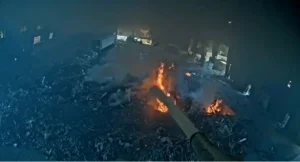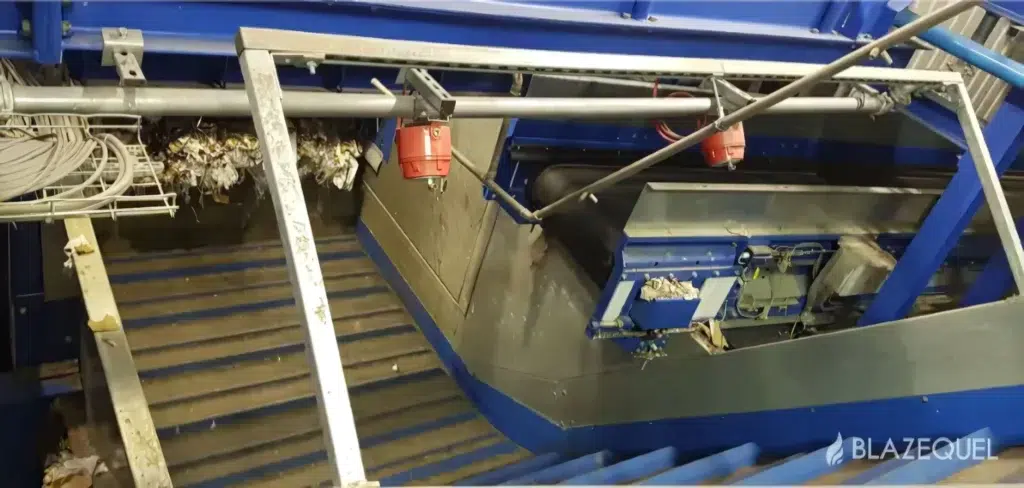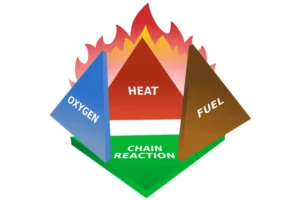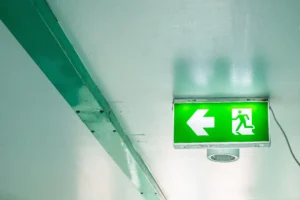
Fire Rover System Explained: Is It the Right Choice for Your Business?
When it comes to fire safety, especially in high-risk environments like recycling centers, waste management facilities, or industrial plants, finding the right fire detection and suppression system can feel overwhelming.



